The place where ROF-Style Boots are made
The ROF-Style workshop is about an 8 hours drive and therefore we HAVE to make a road trip out if it. Good thing for us we happen to love a drive and we have an adventure car that is made for it.
We packed our Landy with snacks, a pair that needed fixing and our drone. After getting some lessons from Willem van Sas during the last trip, Leo wanted to make shots of the scenery. We found out later, he forgot to charge the battery so no drone shots for you.
My mom gave us the tip to drive via the Seweweeks Poort. This is one of the most beautiful gravel roads in South Africa and although gravel, quite easy to drive with any car. Each twist and turn exposes some of the beauty of this Swartland landscape. We read it is even a certified Unesco World Heritage Site.
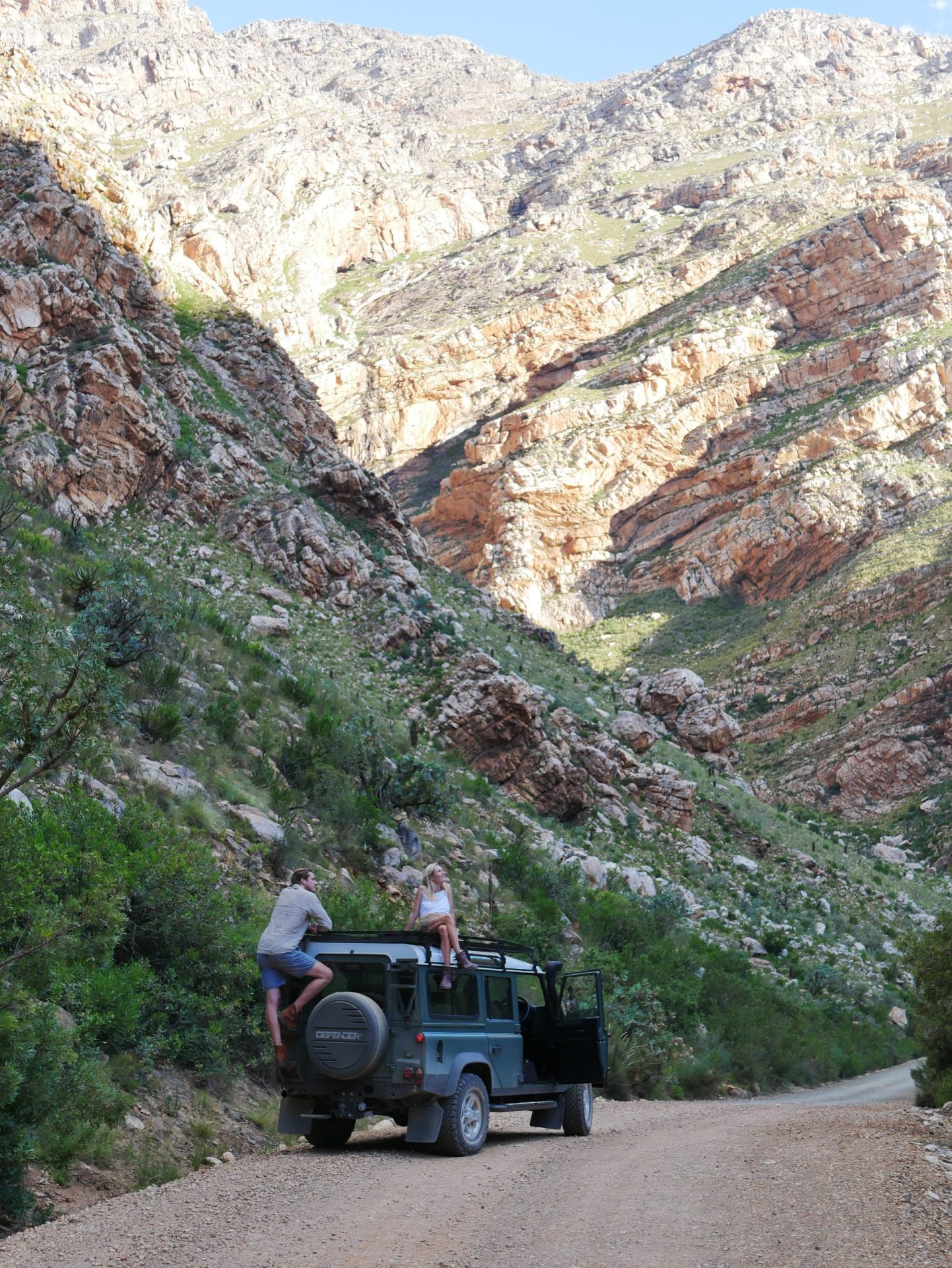
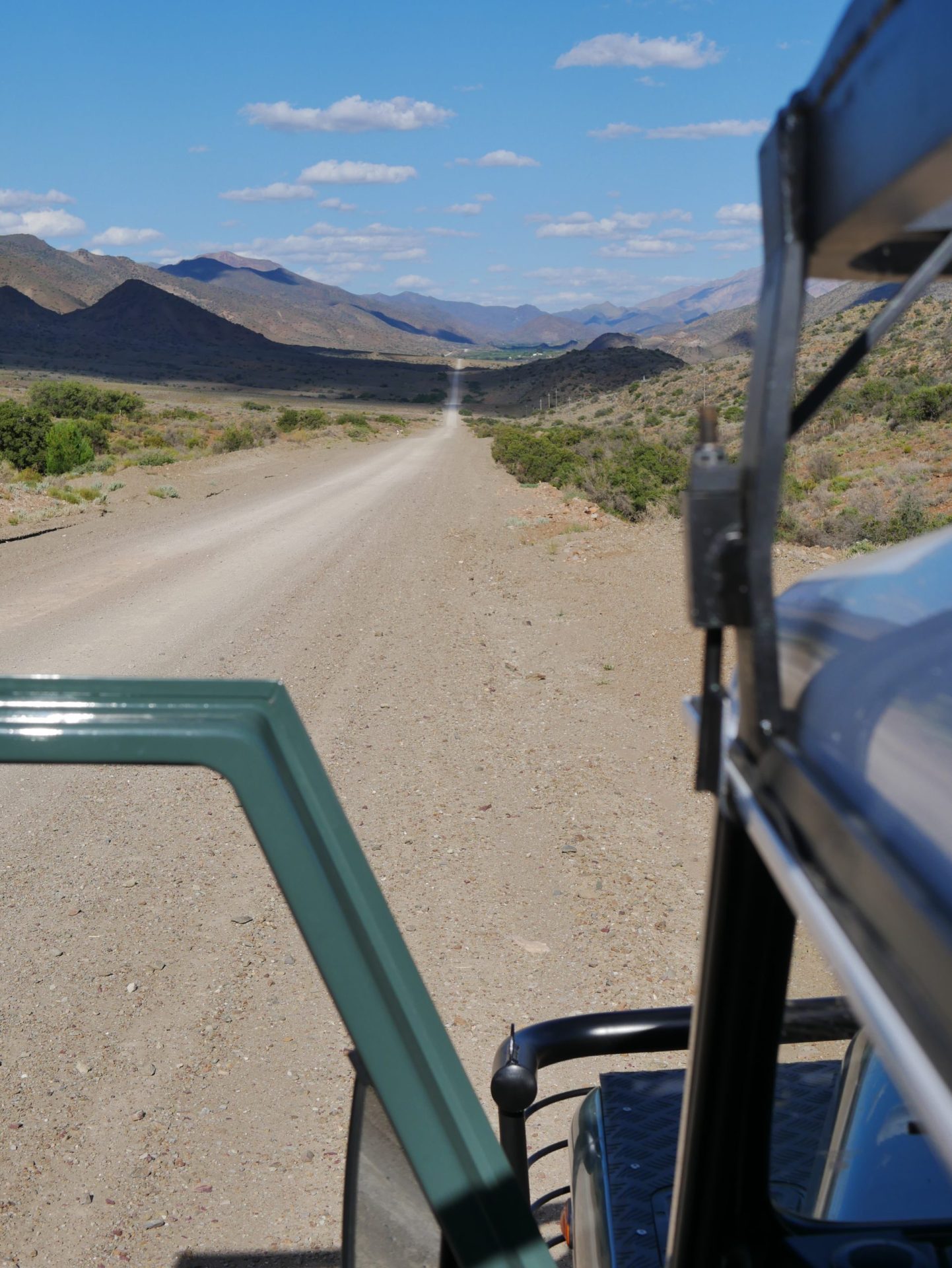
Made in the middle of a forest
Our ROF-Style workshop is located in the middle of the forest. Not because we want to keep it a secret but because this is where our designer built his house and workshop. Such an inspiring place to work and coming here always renews our love for the product we sell.
Lets show you why…
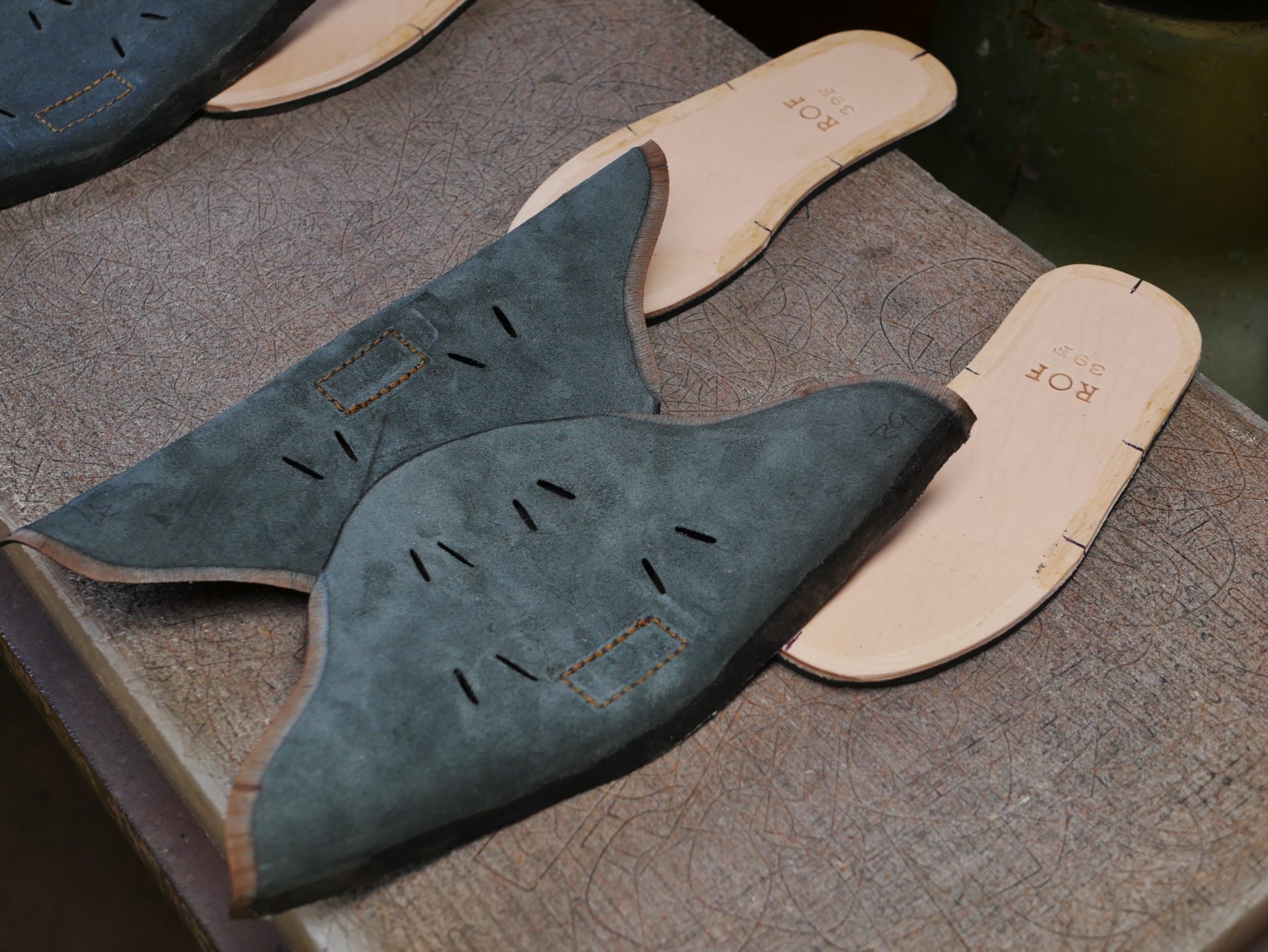

Each ROF Boot is handmade with love
The process begins with a piece of premium vegetable tanned leather. When a skin comes in, it’s thoroughly checked on flaws. Where possible, the guys will work around little marks when cutting the leather in shapes. Variations in colour, shading, texture, and shape are inherent to the vegetable tanned leather and make our boots unique. We won’t use chemicals to paint over these marks.
After inspection the Nguni leather is cut according to the different shoe sizes. The same is done to each of the inner soles. For the sole, a piece of undyed vegetable tanned leather is used. By using a leather sole, our ROF Boots are extremely comfortable to wear both in winter and summer, it won’t make your feet sweat and at the same time keeps them warm in winter.
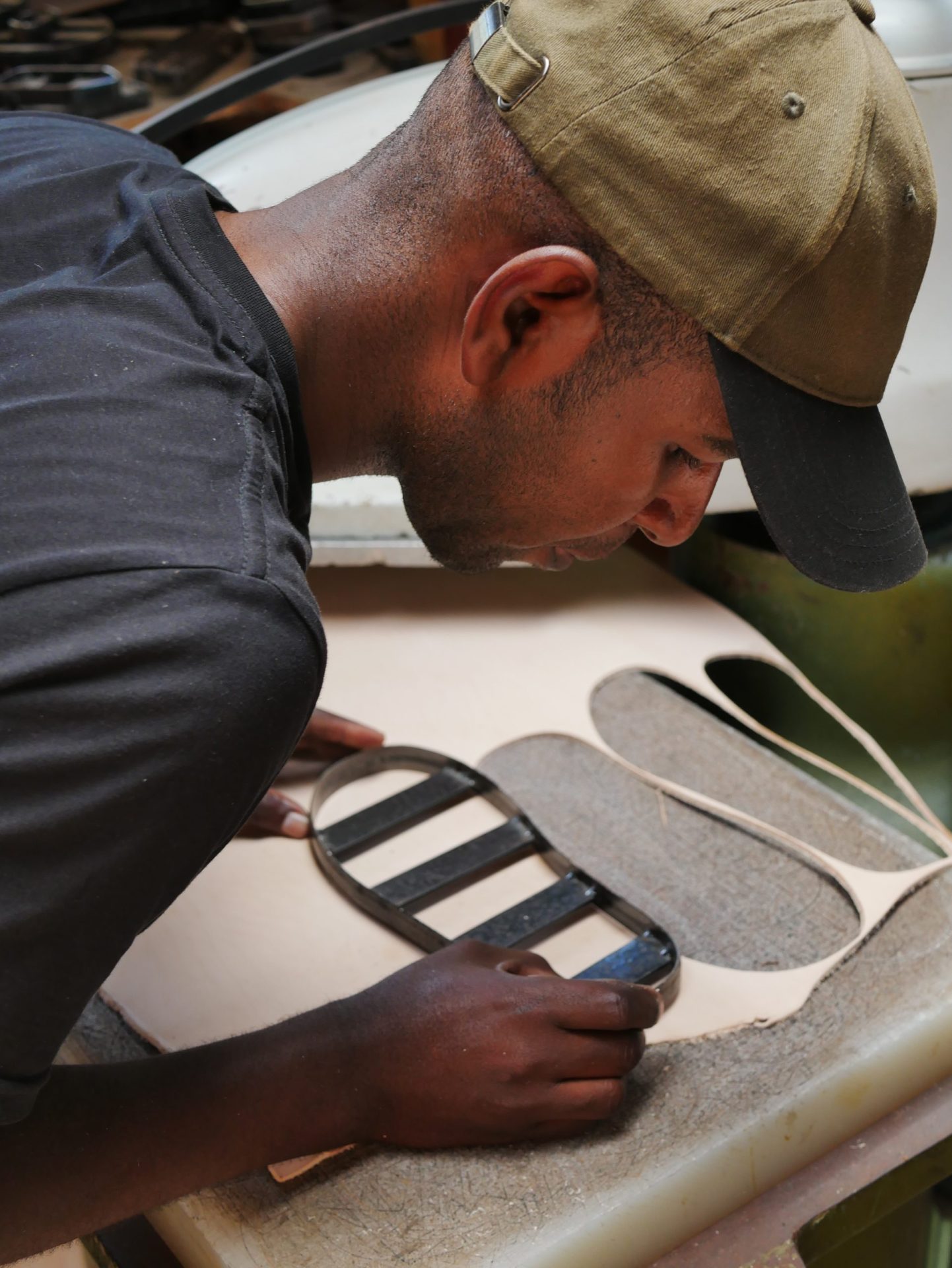

A labour intensive process and a dip in water
After the sole is cut, our brand and size are engraved by hand. This alone shows you how time intensive it is to make a pair of ROF-Style Boots, as this is only the beginning of the process.
A few steps further into the process you can see how each shoe is attached to the sole. The ROF boot has no shape yet, and still needs to be stitched. When the sole and top are securely attached and sewn, we dip them in water (WHAT?) yes water.
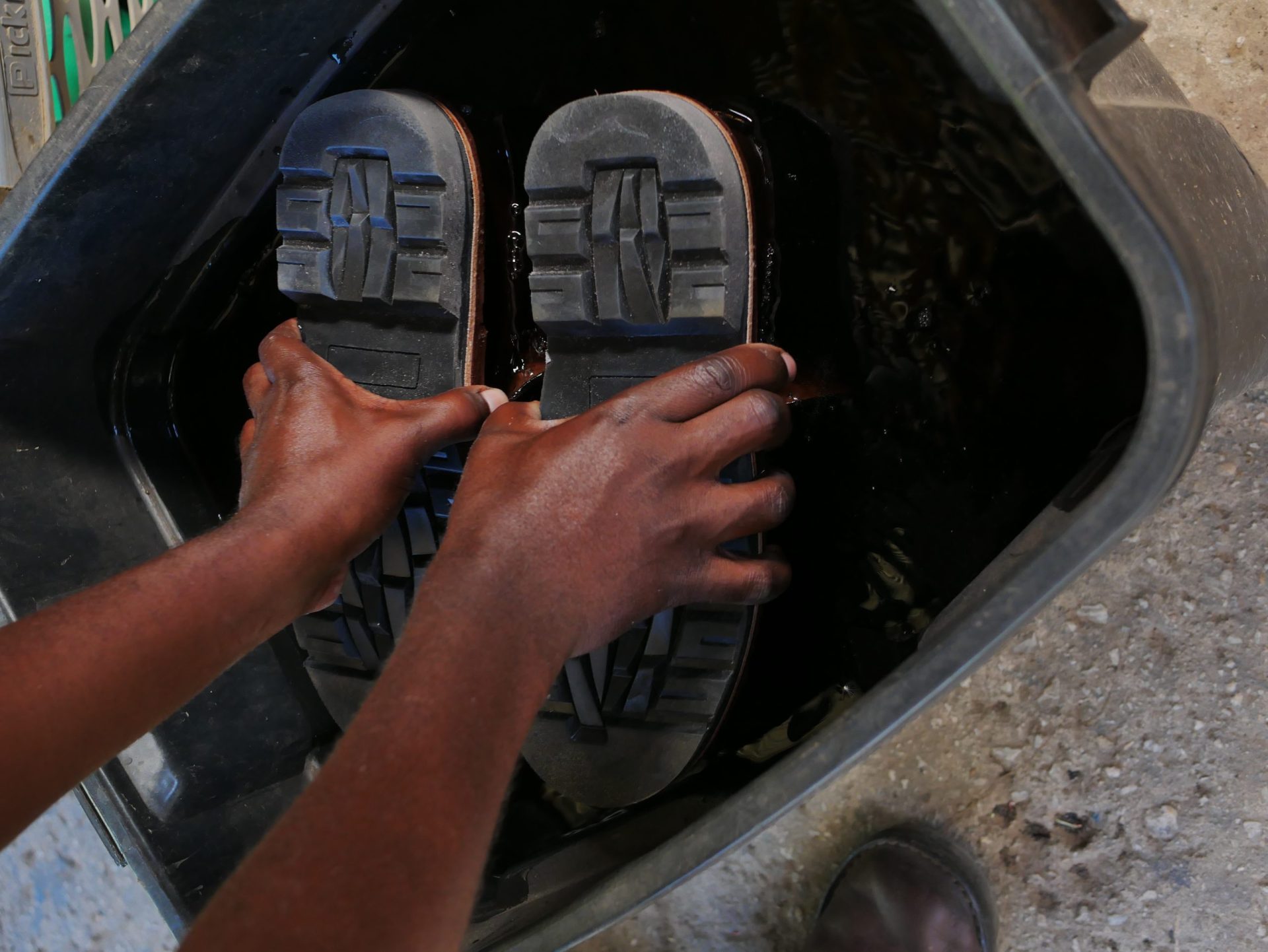
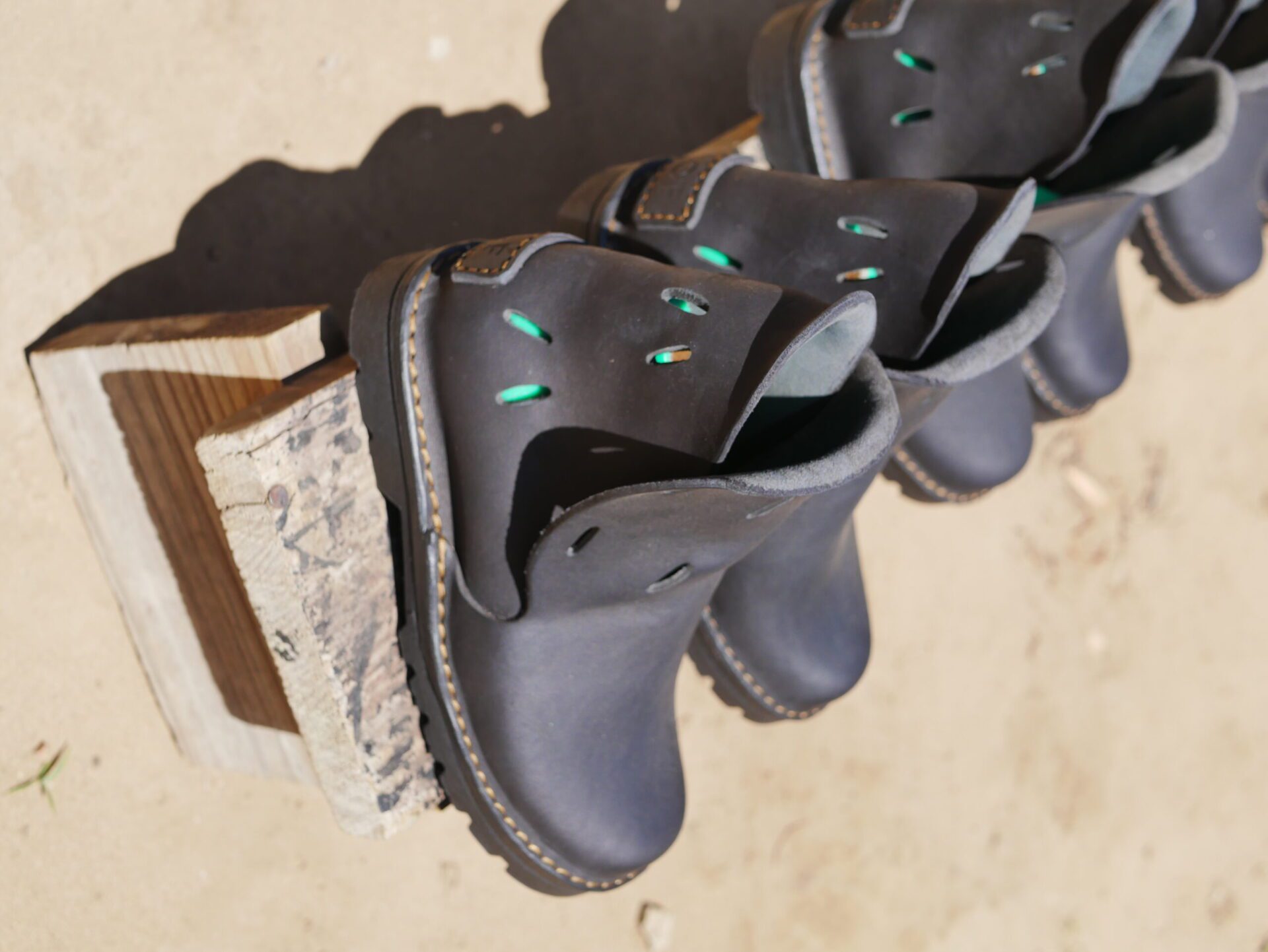
It allows for the vegetable tanned leather to soften. After the leather is wet, a shoe last is placed in the boots. They are then put outside to dry. Depended on the weather this takes a day or 2.
Did you expect that there were so many steps involved?
When you buy a pair of ROF’s, this is how they are made, and these are the hands that made them.
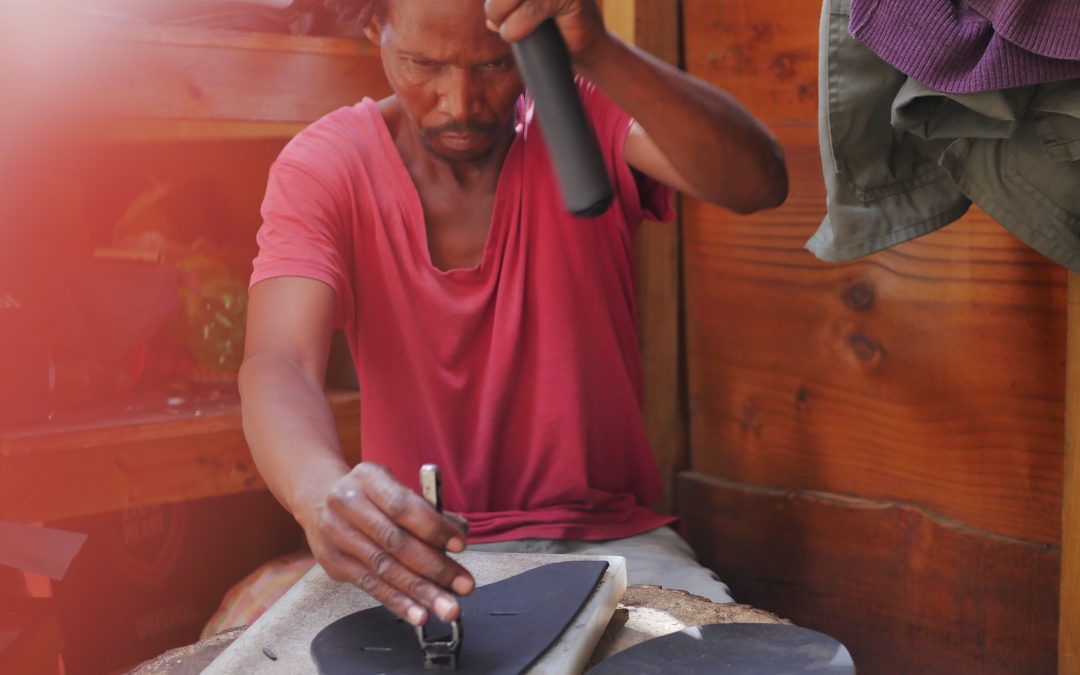
Recent Comments